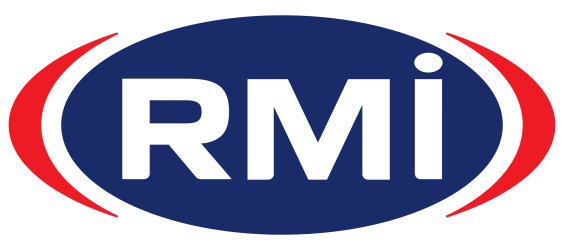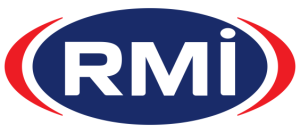Sibongile Mthembu

From Numbers to Impact: An Inspiring Career in Automotive Bookkeeping Meet Sibongile Mthembu, a passionate bookkeeper with more than a decade of experience in the automotive industry. As we delve […]
Teresa Spenser-Higgs

Paving Her Path in a Male-Dominated Industry In the bustling world of the automotive industry, Teresa Spenser-Higgs stands tall as a beacon of inspiration, defying stereotypes and carving her […]
Sandra Singh

Empowering Women in the Automotive Industry Meet Sandra Singh, a remarkable leader in the automotive industry, whose journey serves as an inspiring tale of determination, compassion, and a relentless pursuit […]
Nonhlanhla Tshabalala

A Visionary on a Journey of Empowerment Meet Nonhlanhla (Noni) Tshabalala, a visionary and optimist at heart, who has been making waves in the automotive industry as the Transformation Director […]
Tenette du Plessis
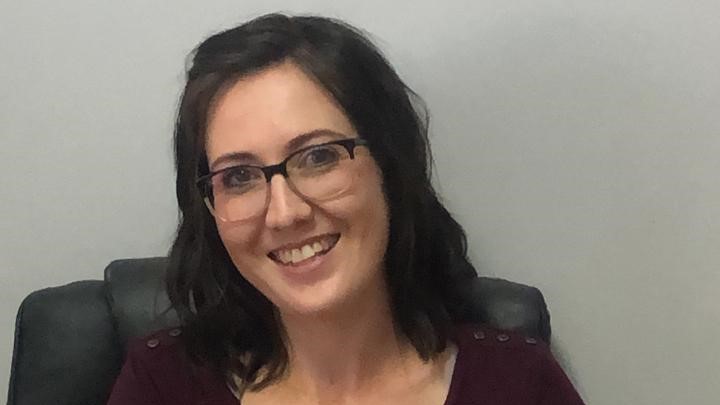
Embracing Opportunities in the Automotive Industry In a male-dominated industry, Tenette du Plessis, the HR Manager at SA Truck Bodies and part of the Route Management Group, is a […]
Mika Heeraman
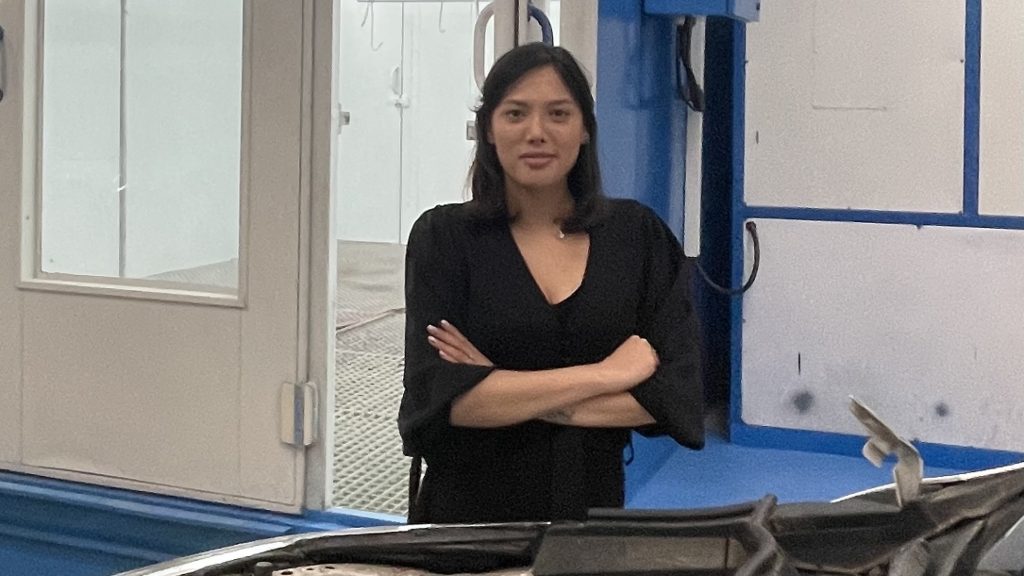
Carving Her Path in the Automotive Industry with Confidence and Passion In the male-dominated automotive industry, there are exceptional women who break barriers, challenge norms, and inspire others with their […]
Marcia Modiba

Going from strength the strength In a male-dominated industry like the automotive industry, women continue to break barriers and prove their mettle, and one such woman is Marcia Mathapelo […]
Kimberly Wallace
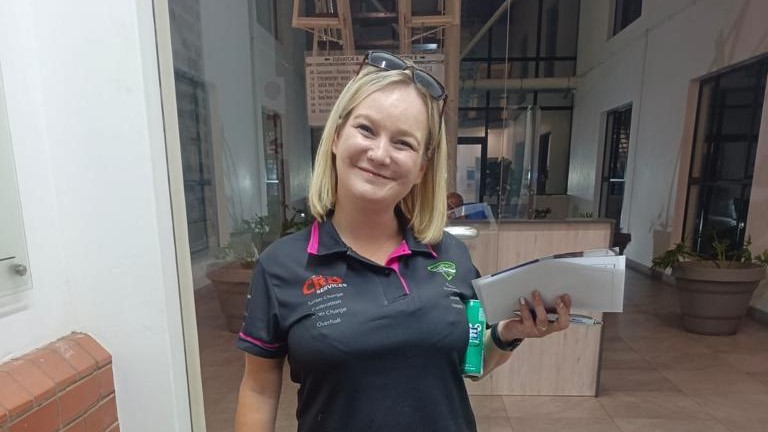
A Spotlight on Kimberly Wallace’s Journey in the Automotive Arena In the ever-evolving world of the automotive industry, one woman stands out as a true inspiration and driving force. Meet […]
Jessica Leyds

Empowering Women and Breaking Barriers in the Automotive Industry Meet Jessica Leyds, the remarkable Financial and Database Manager at the Retail Motor Industry Organisation (RMI). A wife and mother of […]
Jasmeena Patel Shiba

Paving the Way for Women in the Automotive Industry In the male-dominated automotive industry, Jasmeena Patel Shiba stands tall as a trailblazer, the first female Director of Royal Tyres in […]
